The image of a crocodile shedding tears while consuming its prey has persisted across cultures for centuries, immortalized in phrases like "crocodile tears" to describe insincere remorse. Yet beneath this anthropomorphic metaphor lies a fascinating biological truth: crocodilians do indeed produce tears, but for reasons far more practical than emotional display. Recent scientific investigations have peeled back the layers of this phenomenon, revealing a sophisticated salt-regulation system that challenges our understanding of reptilian physiology.
Contrary to popular belief, crocodile tears serve as a critical excretory function rather than an emotional response. These apex predators possess specialized orbital glands that work in tandem with their kidneys to maintain osmotic balance in both freshwater and marine environments. When feeding, the physical act of gripping and thrashing prey stimulates these glands, causing them to excrete excess salts through the tear ducts. This elegant adaptation allows crocodiles to thrive in habitats where other predators would succumb to salt imbalances.
The discovery of this mechanism has revolutionized our understanding of reptilian evolution. Unlike mammals, which rely primarily on urinary systems for salt excretion, crocodilians have developed a multi-channel approach to osmoregulation. Their lacrimal glands contain unique ionocytes - specialized cells that actively transport sodium and chloride ions from the bloodstream into the tear fluid. This process becomes particularly crucial after meals, when the influx of protein-rich meat creates an immediate need to eliminate nitrogenous wastes and maintain electrolyte balance.
Field researchers have documented intriguing variations in tear production among different crocodilian species. Estuarine crocodiles, which frequently venture into marine environments, exhibit significantly more active salt glands than their freshwater-dwelling cousins. Observations show that salties (Crocodylus porosus) can excrete tears with salt concentrations three times higher than their blood plasma, while alligators (Alligator mississippiensis) produce comparatively modest secretions. This divergence underscores how evolutionary pressures have shaped the same basic anatomical structures to serve distinct ecological needs.
The mechanics of crocodilian feeding create the perfect storm for tear stimulation. As the powerful jaws clamp down on prey, the resulting pressure activates neural pathways connected to both the salivary and lacrimal glands. This creates the characteristic "crying" appearance during consumption. Herpetologists note that the tears themselves serve multiple purposes - beyond salt excretion, they lubricate the eyes during the violent thrashing motions used to dismember prey, and may even contain antimicrobial properties to protect against infection from foodborne bacteria.
Modern imaging techniques have allowed scientists to peer inside the crocodile's cranial anatomy with unprecedented clarity. CT scans reveal intricate networks of blood vessels surrounding the orbital glands, suggesting a highly efficient blood filtration system. The glands appear most active during digestion, operating in cycles that correspond with metabolic demands. This discovery has sparked interest in biomimetic applications, with researchers investigating whether similar principles could inspire new designs for desalination technologies or medical dialysis systems.
The phenomenon also raises intriguing questions about the evolutionary origins of emotional crying in mammals. Some biologists propose that human tear production may have roots in similar salt-regulatory mechanisms, later co-opted for social signaling. While the neurological pathways differ substantially between mammals and reptiles, the shared use of lacrimal glands for multiple functions suggests convergent evolutionary solutions to different biological challenges.
Conservation implications of this research are becoming increasingly apparent. As climate change alters salinity patterns in crocodilian habitats, understanding their osmoregulatory capacities becomes crucial for predicting range shifts and survival strategies. Populations living in brackish mangrove ecosystems, for instance, may possess genetic advantages in salt tolerance that could prove vital for species resilience. Wildlife biologists are now using tear composition as a non-invasive indicator of individual health and habitat quality.
The cultural symbolism of crocodile tears has undergone a scientific rehabilitation in light of these discoveries. What was once considered mere folklore now stands as a testament to nature's ingenuity - a perfect marriage of form and function. The next time you encounter depictions of weeping crocodiles in mythology or literature, remember that behind the myth lies a biological marvel: a creature that quite literally cries out the excesses of its environment, one salty tear at a time.
Ongoing research continues to uncover new dimensions of this adaptation. Recent studies suggest the tear fluid may contain pheromones or chemical signals used in crocodilian communication, adding yet another layer of complexity to this already remarkable system. As technology advances, scientists anticipate discovering even more surprises lurking behind those legendary reptilian eyes - proving that sometimes, nature's truths are stranger and more wonderful than our most enduring myths.
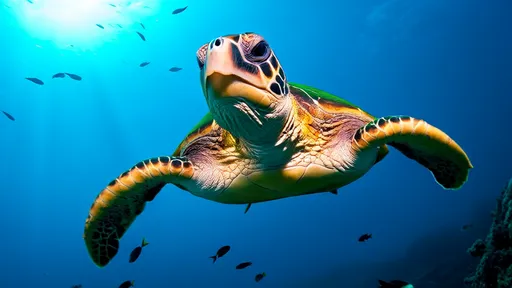
By /Jun 10, 2025

By /Jun 10, 2025
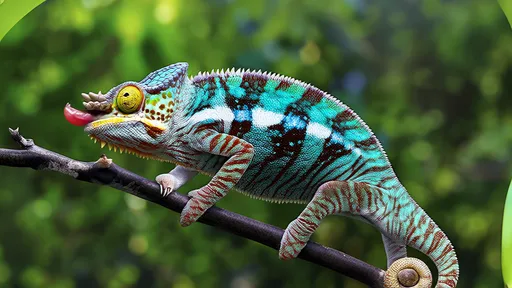
By /Jun 10, 2025
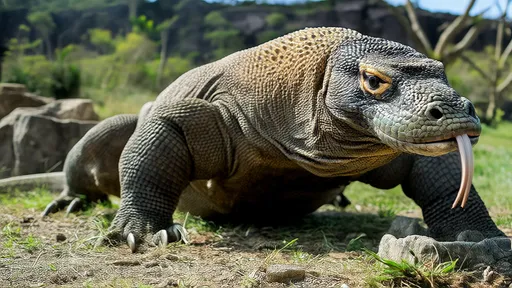
By /Jun 10, 2025
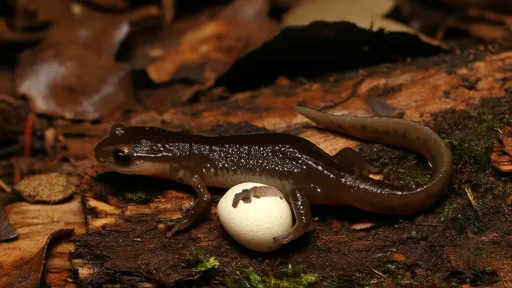
By /Jun 10, 2025
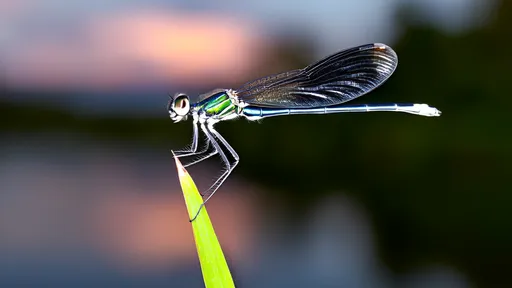
By /Jun 10, 2025
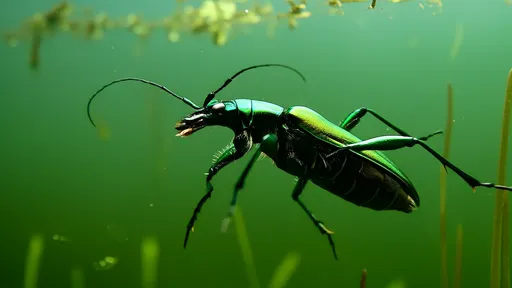
By /Jun 10, 2025

By /Jun 10, 2025
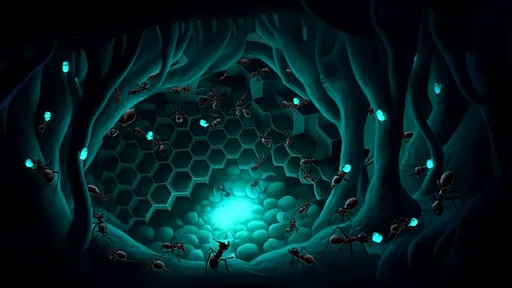
By /Jun 10, 2025
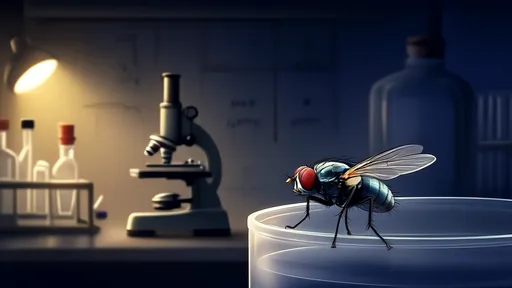
By /Jun 10, 2025
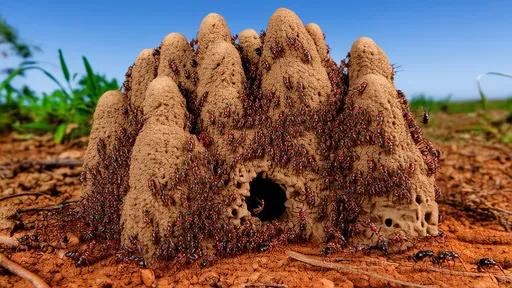
By /Jun 10, 2025
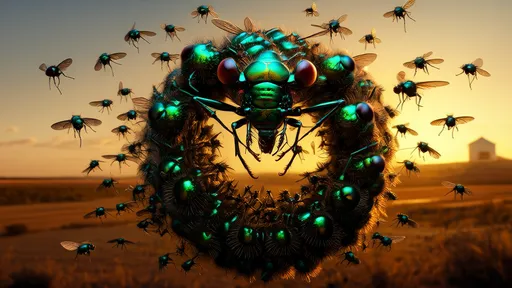
By /Jun 10, 2025

By /Jun 10, 2025
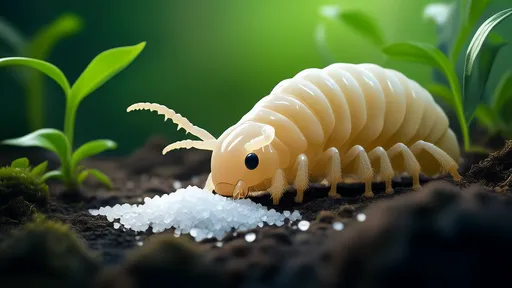
By /Jun 10, 2025
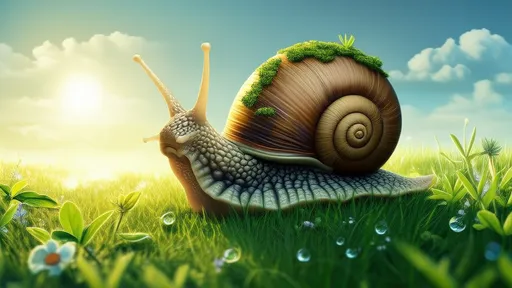
By /Jun 10, 2025
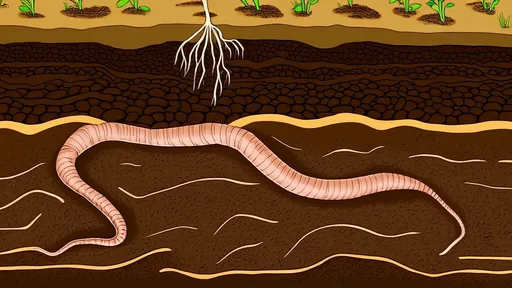
By /Jun 10, 2025

By /Jun 10, 2025